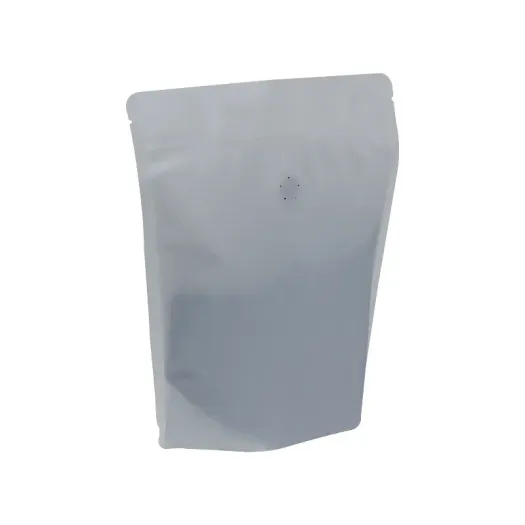- Afrikaans
- Albanian
- Amharic
- Arabic
- Armenian
- Azerbaijani
- Basque
- Belarusian
- Bengali
- Bosnian
- Bulgarian
- Catalan
- Cebuano
- chinese_simplified
- chinese_traditional
- Corsican
- Croatian
- Czech
- Danish
- Dutch
- English
- Esperanto
- Estonian
- Finnish
- French
- Frisian
- Galician
- Georgian
- German
- Greek
- Gujarati
- haitian_creole
- hausa
- hawaiian
- Hebrew
- Hindi
- Miao
- Hungarian
- Icelandic
- igbo
- Indonesian
- irish
- Italian
- Japanese
- Javanese
- Kannada
- kazakh
- Khmer
- Rwandese
- Korean
- Kurdish
- Kyrgyz
- Lao
- Latin
- Latvian
- Lithuanian
- Luxembourgish
- Macedonian
- Malgashi
- Malay
- Malayalam
- Maltese
- Maori
- Marathi
- Mongolian
- Myanmar
- Nepali
- Norwegian
- Norwegian
- Occitan
- Pashto
- Persian
- Polish
- Portuguese
- Punjabi
- Romanian
- Russian
- Samoan
- scottish-gaelic
- Serbian
- Sesotho
- Shona
- Sindhi
- Sinhala
- Slovak
- Slovenian
- Somali
- Spanish
- Sundanese
- Swahili
- Swedish
- Tagalog
- Tajik
- Tamil
- Tatar
- Telugu
- Thai
- Turkish
- Turkmen
- Ukrainian
- Urdu
- Uighur
- Uzbek
- Vietnamese
- Welsh
- Bantu
- Yiddish
- Yoruba
- Zulu
debossed
Understanding Debossed A Journey into Texture and Design
In the world of design and craftsmanship, the term debossed may not be an everyday word, but its significance resonates deeply in various industries, from fashion to packaging. Debossing, the process of creating a recessed design, involves impressing a shape into a surface, producing a tactile and visually striking effect that captivates the senses. This article explores the intricacies of debossed techniques, their applications, and the reasons behind their growing popularity.
At its core, debossing is a form of relief printing where the image or pattern is pressed down into the material, in contrast to embossing, which raises the design above the surface. This subtle yet impactful difference allows debossed designs to add depth and sophistication to an object. The technique is commonly utilized with materials such as leather, paper, and metal, making it an incredibly versatile design choice.
In the fashion industry, debossing has made significant waves, especially in the realm of accessories and apparel. High-end handbags often feature debossed logos or patterns that not only signify brand identity but also enhance the tactile experience. For instance, a leather purse with a debossed design presents a luxurious texture that invites touch and admiration. Consumers today are increasingly attracted to products that not just look good but feel good. The tactile quality that debossed designs offer speaks to the human desire for connection and engagement with the items we choose to carry.
Debossing is not limited to fashion; it has found a promising niche in the packaging industry as well. As brands strive to differentiate themselves in a saturated market, debossed packaging provides an appealing way to attract consumers' attention on crowded shelves. Think of a chocolate box or a premium skincare product with a beautifully debossed logo—the visual and tactile allure of the debossed elements creates a sense of luxury and care, encouraging consumers to reach for that product. Moreover, the use of debossing in packaging can enhance brand recall; the texture invites consumers to engage physically with the product, creating a memory tied to the brand’s identity.
debossed

Transforming common materials into extraordinary experiences, debossing techniques can also serve functional purposes. In the case of business cards, a debossed logo along with information can communicate professionalism and attention to detail. It subtly commands attention, often making a more lasting impression than a standard printed card. This is especially important in networking scenarios, where first impressions can make all the difference.
The environmental aspect of debossing is also worth mentioning. As sustainability continues to be a significant concern in design and manufacturing, many companies are turning to eco-friendly materials and practices. Debossing often requires less ink than traditional printing methods, thereby reducing waste. Additionally, debossed designs can often be applied to biodegradable or recycled materials, aligning with the values of eco-conscious consumers while providing aesthetic value.
Furthermore, the resurgence of artisanal and handmade products has infused a fresh appreciation for techniques like debossing. Craftspeople are rediscovering and refining traditional methods, giving new life to age-old practices. Consumers are increasingly drawn to unique, handcrafted items, seeing them as more authentic and valuable than mass-produced alternatives. Debossing, with its roots in craftsmanship, lends itself beautifully to this movement, offering a tangible connection to the creator and the story behind the item.
Looking ahead, the future of debossing seems promising as it evolves with technology. Innovations in laser technology and 3D printing are redefining the boundaries of what can be achieved with debossing. These advancements allow for precision and creativity that were once unimaginable, opening new avenues for designers and manufacturers to explore.
In conclusion, debossed designs combine artistry with functionality, conveying messages and evoking emotions that enhance consumer experience. As industries continue to embrace tactile design, the impact of debossing will likely grow, reminding us that in a world dominated by visuals, the touch of texture still holds immense power. Whether through fashion, packaging, or personalized items, debossing invites us to engage with our surroundings in a nuanced, meaningful way. The journey into the world of debossing is not just about aesthetics; it’s about creating a deeper connection with the objects we cherish.













